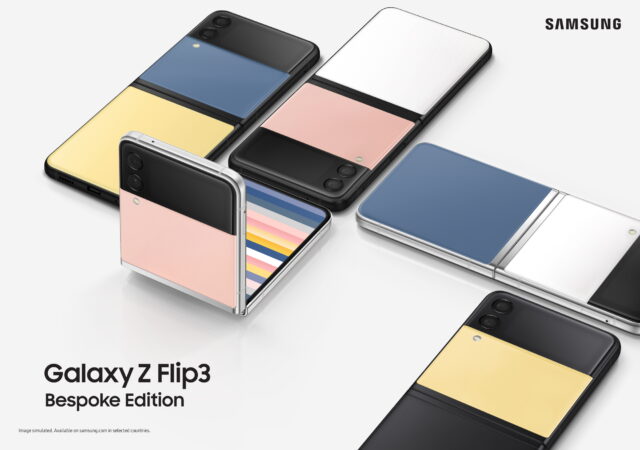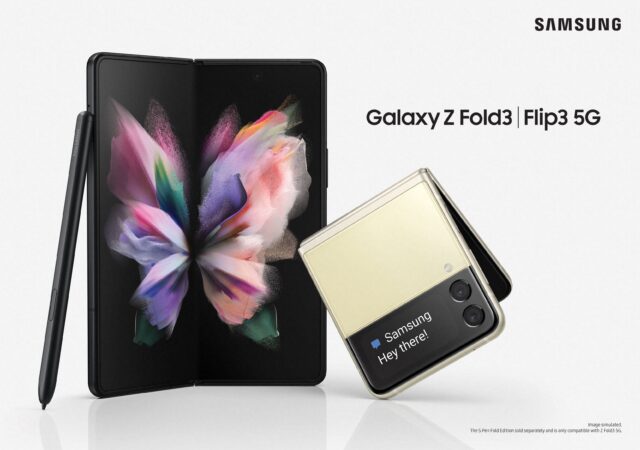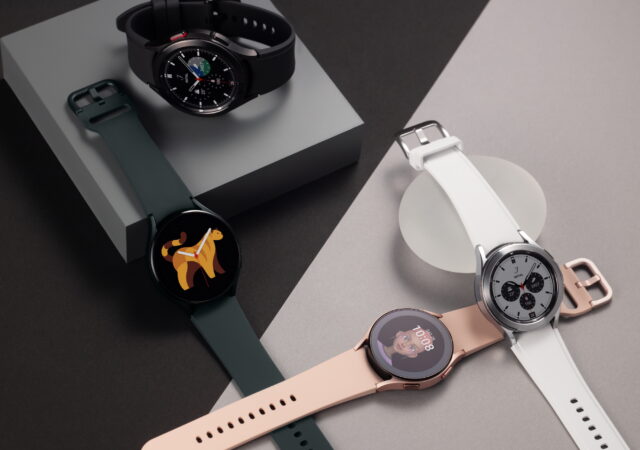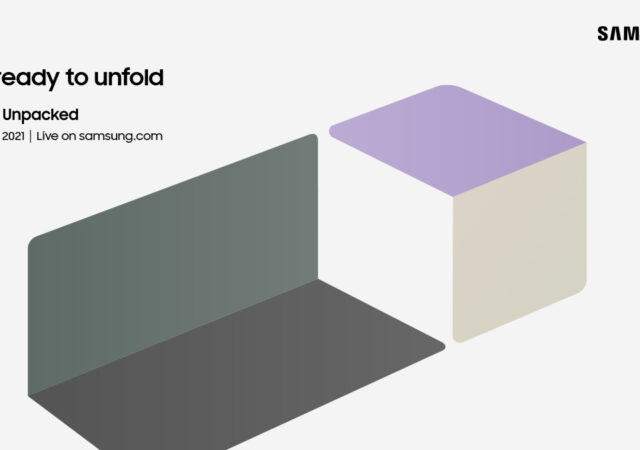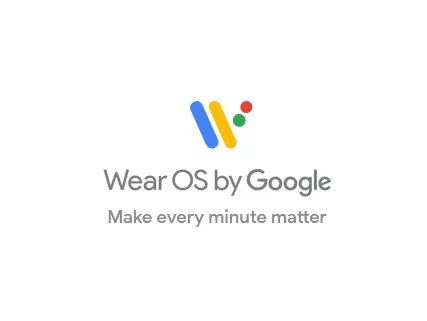Samsung ups their personalization and self expression game with a special Bespoke Edition of the Galaxy Z Flip3 and Galaxy Watch4.
Samsung Galaxy Fold3 & Flip3 Pre-order and Prices Revealed for Malaysia
Samsung Malaysia announces the prices and special freebies for the their new Samsung Galaxy Z Fold3 & Flip3.
Samsung Galaxy Watch4 Series Debuts with Wear OS
Samsung revolutionises their Galaxy Watch series with the new Galaxy Watch4, the first smartwatch to come with Wear OS 3.
Samsung’s Galaxy Unpacked 2021 Event is Happening Tonight! What is Unfolding?
Samsung’s Galaxy Unpacked 2021 event is happening tonight. Here is what you can expect out of the August Unpacked Event tonight.
Google Just Revealed the Name of Their New Wearable Platform
Google revealed that the upcoming Wear OS will be called Wear OS 3. The first Wear OS 3 devices are expected to roll out soon.
[MWC 2021] Samsung Shows Off One UI Watch for Upcoming Galaxy Watch 4
Samsung teases the upcoming UI that powers the upcoming Galaxy Watch series, the One UI, in collaboration with Google.



